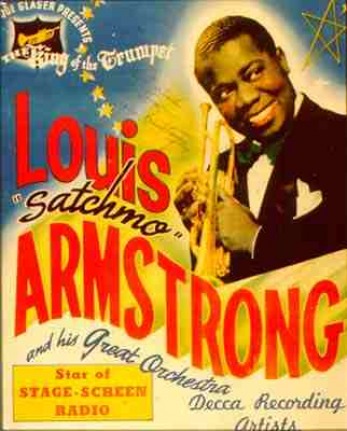Harlem Renaissance and the Emergence of Black Independence

Dispite overt racism, blacks managed to improve their lives and their place in society by being assertive and forming groups, such as the UNIA.
During WWI, northern factories looking for workers hired black people who moved to the north for the job opportunities in what is called the Great Migration. This changed the tradition view from rural and unsophisticated to a more urban and sophisticated view.
The Harlem Renaissance made black people feel more pride in their heritage and the success of black artists. Blacks made significant contributions to music. Artists, such as King Oliver, Louis Armstrong, Kid Ory and Duke Ellington, took america by storm and influenced other forms of art. Black artists and writters also gained respect for tehir work in the 1920's. With mass media and radio becoming more and more popular, jazz could be expirienced by people across the country. With the birth of jazz and the harlem renaissance in full swing, american culture began to blend to create a culture of black and white ideas.
With the help of Marcus Garvey's UNIA, Universal Negro Improvement Association, blacks took their future and their place in society into their own hands. Despite their participation in World War 1, blacks were still being discriminated against in the U.S., and their disappointment was evident throughout the nation. Marcus Garvey used this to his advantage, and gathered the support of local leaders to his side, and furthermore, the African American's side. Marcus Garvey was the main example for the need of the African American to assert themselves more in America's growing and changing society.
During WWI, northern factories looking for workers hired black people who moved to the north for the job opportunities in what is called the Great Migration. This changed the tradition view from rural and unsophisticated to a more urban and sophisticated view.
The Harlem Renaissance made black people feel more pride in their heritage and the success of black artists. Blacks made significant contributions to music. Artists, such as King Oliver, Louis Armstrong, Kid Ory and Duke Ellington, took america by storm and influenced other forms of art. Black artists and writters also gained respect for tehir work in the 1920's. With mass media and radio becoming more and more popular, jazz could be expirienced by people across the country. With the birth of jazz and the harlem renaissance in full swing, american culture began to blend to create a culture of black and white ideas.
With the help of Marcus Garvey's UNIA, Universal Negro Improvement Association, blacks took their future and their place in society into their own hands. Despite their participation in World War 1, blacks were still being discriminated against in the U.S., and their disappointment was evident throughout the nation. Marcus Garvey used this to his advantage, and gathered the support of local leaders to his side, and furthermore, the African American's side. Marcus Garvey was the main example for the need of the African American to assert themselves more in America's growing and changing society.
